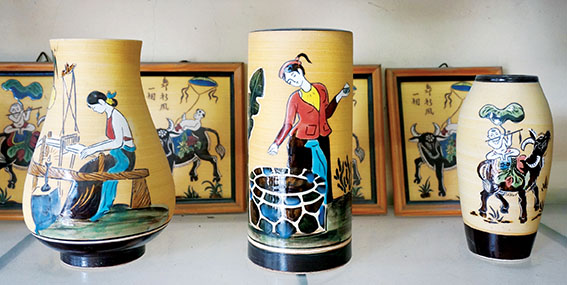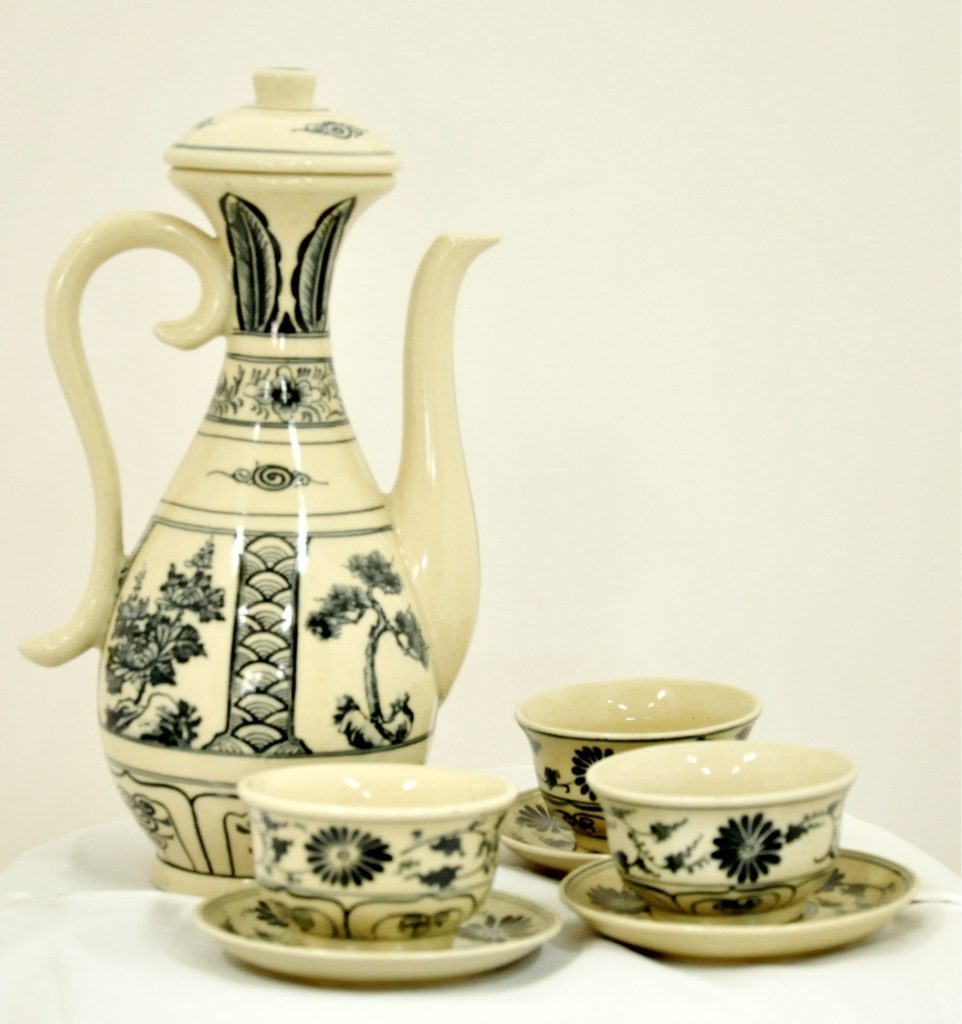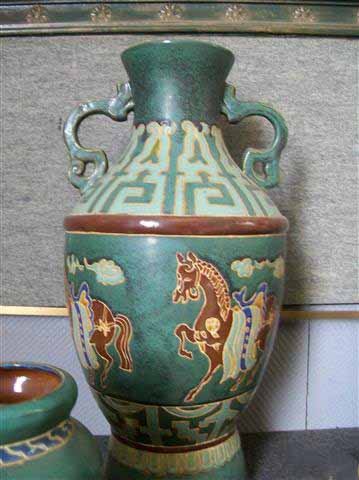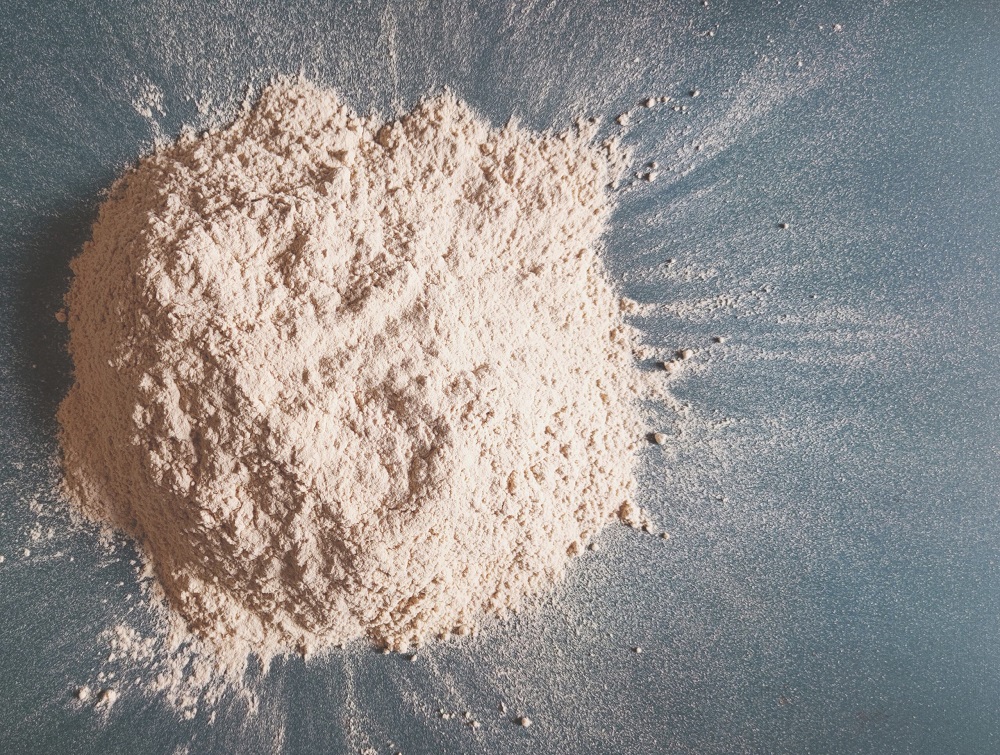Traditional pottery has existed in Vietnam since six to seven thousand years ago. Ceramics are present at sites of Hoa Binh, Bac Son, Ha Long Culture. They achieved much development in the later eras.

According to legend, the appearance of pottery wares was a sacred mystery. They believed that ceramics were a kind of power lying deep under the ground, where they are guarded by the devils, that retrieving them could only be done on a good day, and that powder would only turn into ceramics when it was raised to the surface and exposed to the bright sunlight.

Ceramics lines in Vietnam
By the aspect of age, they can be divided into traditional ceramics (Bat Trang, Phu Lang, Chu Dau, Dong Trieu) and modern ceramics (Thanh Tri, Hai Duong, Dong Nai).
By their functional purposes, there are consumer ceramics (Bat Trang, Phu Lang, Chu Dau, Hai Duong, Dong Trieu, Dong Nai) and construction ceramics (Thanh Tri).
Each of the lines has its recognized characteristics.
- Bat Trang ceramics’ decorative patterns are hand drawn. The brush strokes are thin and delicate. They are light and have a soft and clean sound. Here they use the gas technology to fire the products. They come in various kinds which all have nice designs. The main products are vases, bowls and plates, tea pots and cups, pictures and animal toys.

- Chu Dau ceramics are also drawn by hand but with rather thick and bold lines. They use both gas and coal kilns in firing. They are known for products such as flower vases and tea sets.

- Dong Trieu ceramics are fired in coal kilns. They are also hand drawn with quite hard and bold strokes.
- Hai Duong ceramics are industrially manufactured and have high brittleness. Their decorations are adhered on the plain items before firing them. They are more focused on kitchen containers like bowls and plates or tea sets.

- Dong Nai ceramics are also industrial products. They are much similar to Hai Duong wares. Their products include bowls and plates, and also toys.




